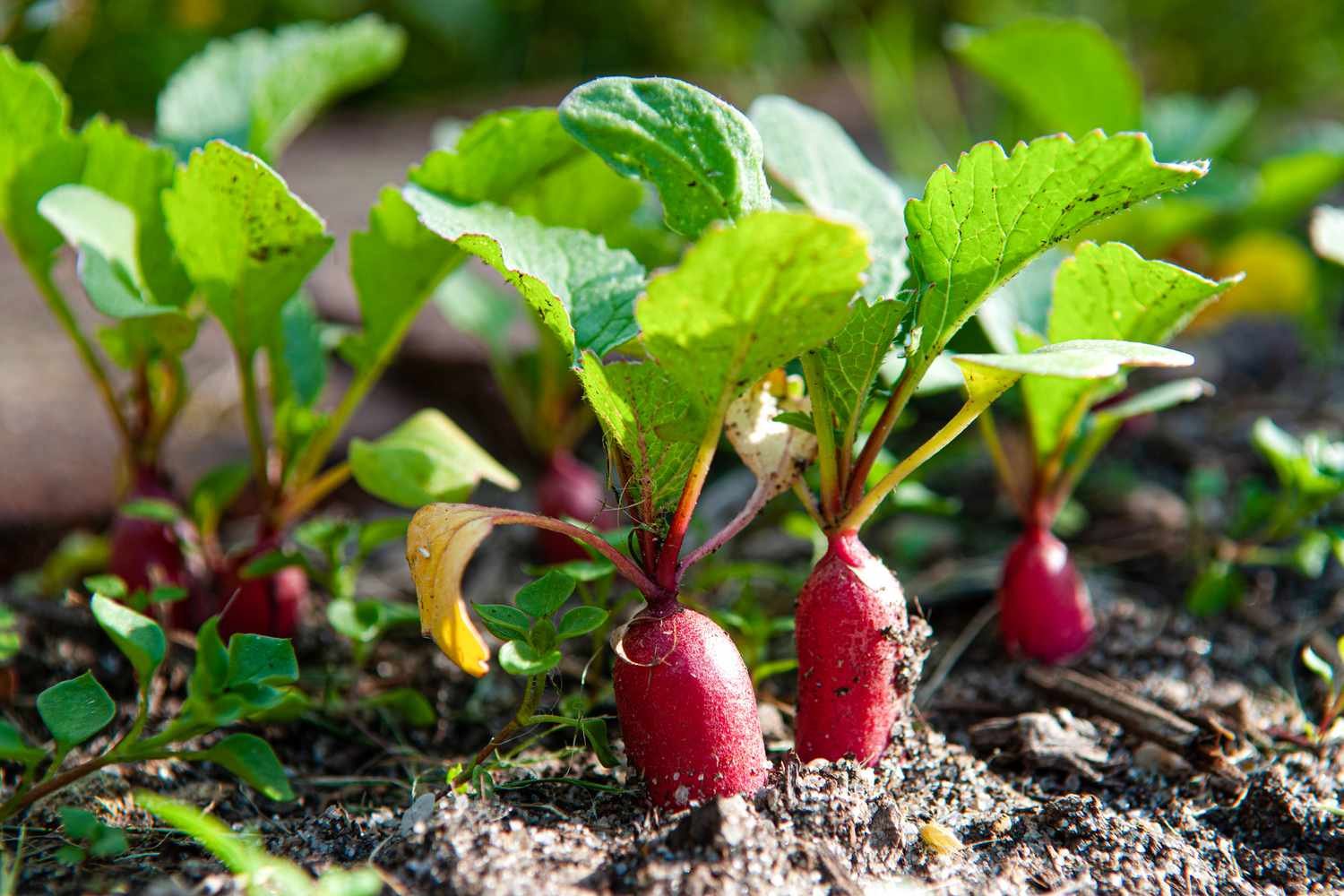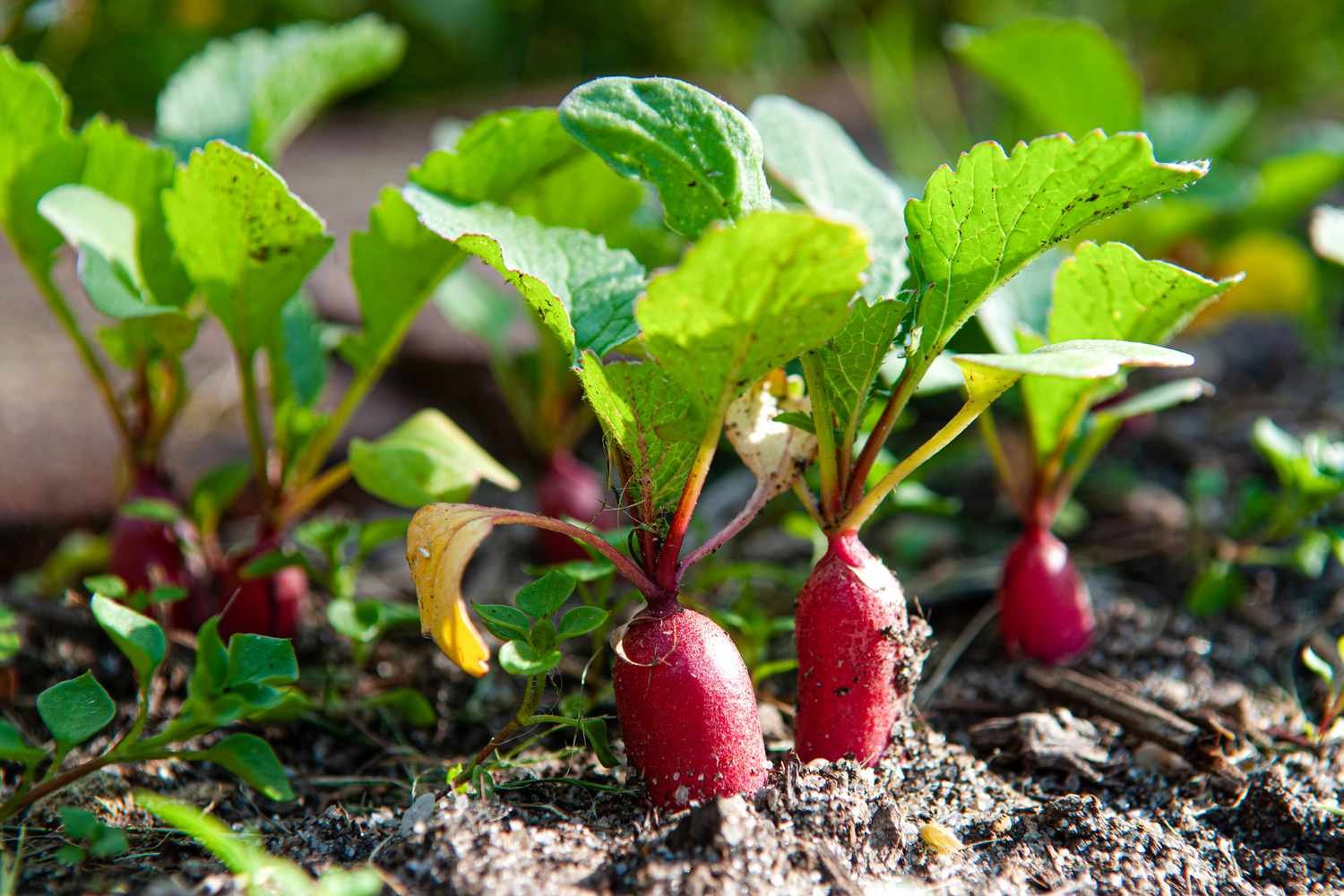We the words Garden Mulching can help transform your gardening experience by enhancing soil health and plant growth. Mulching is a simple yet powerful technique that offers multiple benefits to your garden. Whether you’re new to gardening or looking to refine your mulching practices, understanding the best strategies can make a significant difference.

Benefits of Garden Mulching
Garden mulching offers a range of benefits:
Weed Suppression
Mulch acts as a natural barrier, preventing weeds from sprouting and competing with your plants for nutrients and water.
Moisture Retention
Mulch helps retain moisture in the soil by reducing evaporation, ensuring your plants have consistent access to water, especially during dry periods.
Soil Insulation
Mulch acts as a buffer against extreme temperatures, keeping the soil cooler in summer and warmer in winter, which promotes healthier root growth.
Types of Mulch
Explore different types of mulch for your garden:
Organic Mulch
Made from natural materials like shredded bark, wood chips, straw, or compost. Organic mulches enrich the soil as they break down and improve its structure over time.
Inorganic Mulch
Includes materials such as gravel, stones, and landscape fabric. While inorganic mulches don’t contribute organic matter to the soil, they offer long-lasting weed control and can be visually appealing.
Best Garden Mulching Strategies
Effective strategies to maximize the benefits of mulching:
Thickness
Apply mulch to a depth of 2-4 inches uniformly across your garden beds. Avoid piling mulch directly against plant stems to prevent moisture-related issues and pest problems.
Mulch Renewal
Periodically replenish mulch layers as they decompose or settle. This maintains optimal weed suppression and moisture retention benefits throughout the growing season.
Watering Considerations
Water deeply before applying mulch to ensure the soil is adequately hydrated. Mulch helps retain moisture, but it’s essential to monitor soil moisture levels and adjust watering accordingly.
Seasonal Adjustments
Adjust mulch thickness based on seasonal weather conditions. In hot climates, a thicker layer of mulch helps keep roots cool, while in colder regions, it provides insulation against frost.
Mulching Around Trees and Shrubs
Extend mulch in a donut shape around trees and shrubs, leaving a gap around the trunk to prevent moisture buildup and potential rot.
Mulching Techniques for Specific Gardens
Tailor mulching techniques to specific garden areas:
Vegetable Gardens
Use organic mulches like straw or compost to improve soil fertility and moisture retention, enhancing vegetable growth and yield.
Flower Beds
Choose aesthetically pleasing mulches such as shredded bark or decorative stones to complement flower beds while suppressing weeds and conserving moisture.
Fruit Trees and Orchards
Apply organic mulches around fruit trees to promote soil health, reduce weed competition, and maintain moisture levels critical for fruit development.
Advanced Mulching Techniques
Lasagna Gardening
Layering different types of organic materials, such as cardboard, straw, compost, and leaves, creates a nutrient-rich planting bed. This technique mimics natural soil processes and reduces the need for digging.
Sheet Mulching
Ideal for preparing new garden beds or converting lawn areas into planting beds, sheet mulching involves covering the ground with layers of newspaper or cardboard topped with compost and mulch. This method suppresses weeds, enriches the soil, and conserves water.
Special Considerations for Mulching
Avoiding Over-Mulching
While mulch provides numerous benefits, applying too much can suffocate plant roots and create favorable conditions for pests and diseases. Maintain the recommended depth of 2-4 inches and leave space around plant stems.
Mulching in Sloped Areas
In gardens with slopes, use mulch mats or erosion control blankets to stabilize soil and prevent runoff. These materials help retain moisture and protect plants from soil erosion.
Conclusion
In conclusion, mastering Garden Mulching can elevate your gardening success by fostering healthier plants, reducing maintenance, and conserving water. By implementing these strategies—choosing the right mulch type, applying it correctly, and adjusting based on seasonal needs—you can create a thriving garden environment. Whether you’re a novice gardener or seasoned enthusiast, integrating these mulching practices will yield long-term benefits for your garden’s health and vitality. Start mulching today and watch your garden flourish with minimal effort and maximum rewards.











